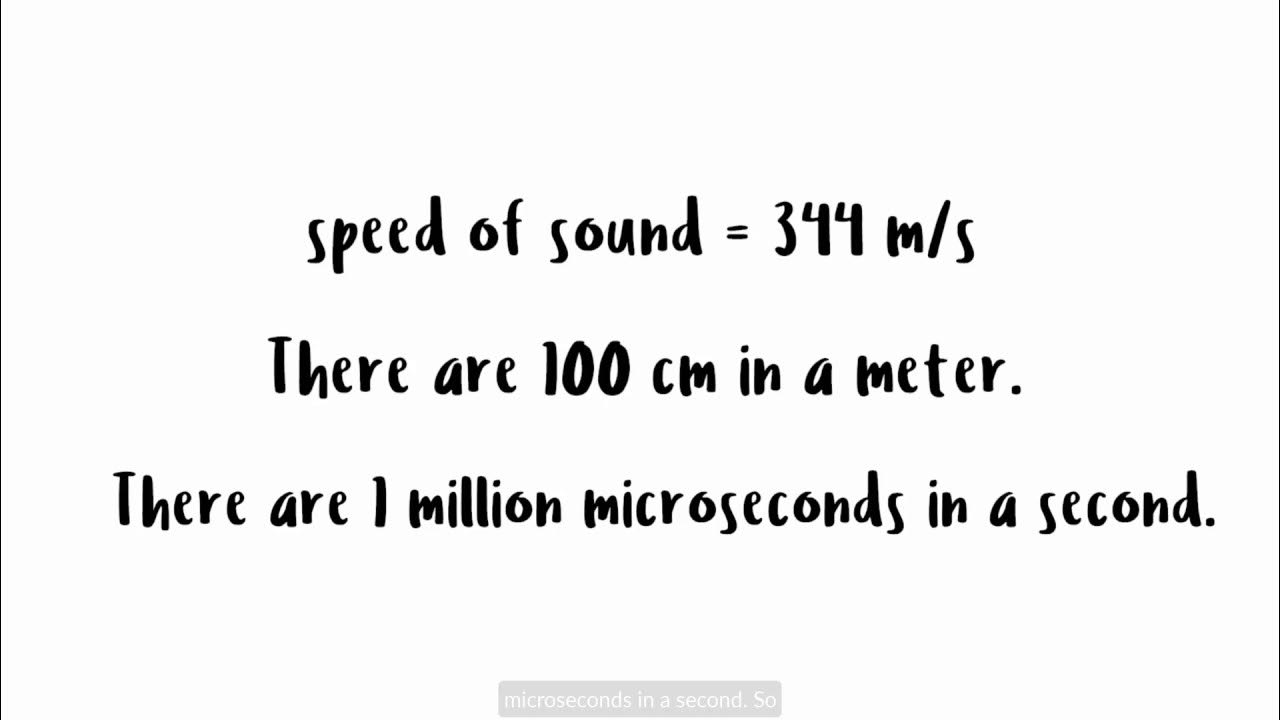GCSE Physics - Distance-Time Graphs #53
Summary
TLDRThis video explains how to interpret distance-time graphs, which show how far an object travels over time. The key takeaway is that the gradient (slope) of the graph represents speed. A straight line indicates constant speed, a flat line shows the object is stationary, and a curved line reflects changing speed. To find the speed at a particular point, especially on a curve, you need to draw a tangent and calculate its gradient. The video also touches on acceleration and deceleration based on the graph’s slope.
Takeaways
- 📊 Distance-time graphs allow us to visualize how far something has traveled over time.
- 🚴 The example graph represents a cyclist's journey covering 50 meters in 11 seconds.
- ⛰️ The gradient of the line represents the speed at any given point on the graph.
- 🧮 The gradient is calculated by dividing the change in distance by the change in time, which equals the speed.
- 📏 A straight line on the graph indicates constant speed.
- 🛑 A flat line indicates the object is stationary, meaning the speed is zero.
- 📈 A steeper line represents acceleration, while a less steep line indicates deceleration.
- 🔍 To find the speed at a specific point on a curve, you must draw a tangent to the curve at that point.
- 🧩 The speed at a particular point on a curve can be calculated by finding the gradient of the tangent.
- 💡 Straight lines show constant speed, flat lines show stationary periods, and curved lines show changing speeds.
Q & A
What does the gradient of a distance-time graph represent?
-The gradient of a distance-time graph represents the speed of the object at any given time.
How do you calculate speed from a distance-time graph?
-Speed is calculated by dividing the change in distance by the change in time, which gives the gradient of the line.
What does a straight line on a distance-time graph indicate?
-A straight line on a distance-time graph indicates constant speed.
What does a flat line on a distance-time graph tell us?
-A flat line means the object is stationary, as the gradient and speed are both zero.
How can you tell if an object is accelerating or decelerating on a distance-time graph?
-A steeper line indicates acceleration, while a line with decreasing steepness (or gradient) indicates deceleration.
How do you calculate speed at a specific point on a curved line?
-To find the speed at a specific point on a curved line, you need to draw a tangent to the curve at that point and then calculate the gradient of that tangent.
What is a tangent in the context of a distance-time graph?
-A tangent is a straight line that touches the curve at a single point and has the same gradient as the curve at that point.
How can you calculate the gradient of a tangent on a curve?
-You calculate the gradient of the tangent by selecting two points on the tangent, finding the change in distance between them, and dividing it by the change in time.
What does it mean if the gradient of a line is zero?
-If the gradient of a line is zero, it means the object is not moving (stationary) because its speed is zero.
What do curved lines on a distance-time graph represent?
-Curved lines on a distance-time graph represent changing speeds, indicating acceleration or deceleration.
Outlines

Этот раздел доступен только подписчикам платных тарифов. Пожалуйста, перейдите на платный тариф для доступа.
Перейти на платный тарифMindmap

Этот раздел доступен только подписчикам платных тарифов. Пожалуйста, перейдите на платный тариф для доступа.
Перейти на платный тарифKeywords

Этот раздел доступен только подписчикам платных тарифов. Пожалуйста, перейдите на платный тариф для доступа.
Перейти на платный тарифHighlights

Этот раздел доступен только подписчикам платных тарифов. Пожалуйста, перейдите на платный тариф для доступа.
Перейти на платный тарифTranscripts

Этот раздел доступен только подписчикам платных тарифов. Пожалуйста, перейдите на платный тариф для доступа.
Перейти на платный тариф5.0 / 5 (0 votes)






